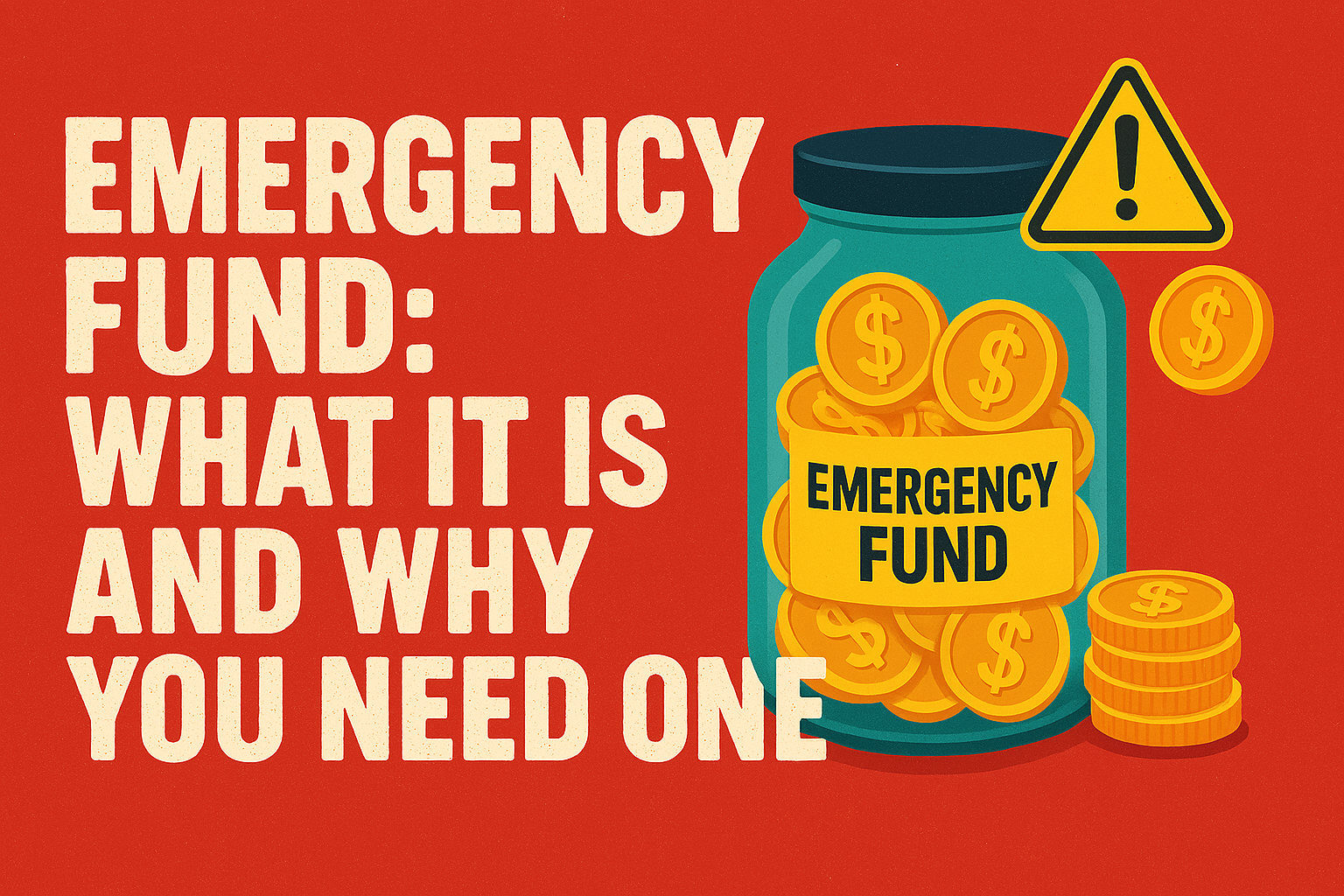What Is an Emergency Fund
An emergency fund is your personal safety net—a dedicated amount of money set aside specifically to handle unexpected life events. Whether it’s a sudden medical expense, job loss, home repair, or even a phone breakdown (yes, even tech lovers aren’t spared!), having an emergency fund ensures that you’re not scrambling for cash or falling into debt when things go wrong.
Think of it as a buffer between you and life’s financial surprises. In a world where anything can happen, having some money parked in a separate account gives you the confidence to handle emergencies without disrupting your day-to-day budget. And no, this isn’t about saving for a vacation or the next gadget drop—this is purely for situations you didn’t see coming.
For tech enthusiasts especially, where a laptop crash or equipment failure could affect your work, an emergency fund can be a real lifesaver. It keeps you from relying on high-interest credit cards or borrowing money in a rush. Plus, knowing you have that backup allows you to take risks in your career or freelancing journey without constant financial stress.
Setting up an emergency fund doesn’t require a big investment to start. Even small, consistent contributions can grow into something useful over time. The goal is simple: build a financial cushion that helps you stay in control no matter what life throws your way.
Why You Need an Emergency Fund
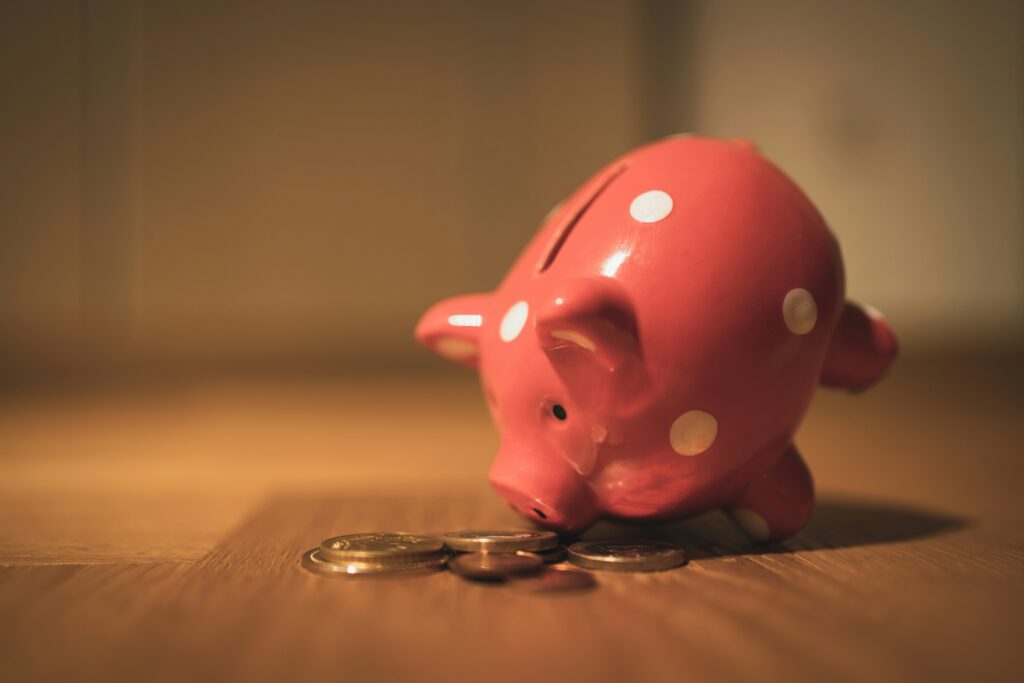
Life doesn’t always go as planned, and that’s exactly why you need an emergency fund. It acts like a financial firewall—protecting you when things unexpectedly fall apart. From sudden medical bills and car repairs to job loss or family emergencies, these surprises often come with a price tag. Without an emergency fund, you may be forced to borrow money, dip into long-term savings, or use credit cards with high interest rates.
For tech professionals and digital freelancers, the need is even more real. What if your primary device crashes just before a big project? Or a payment gets delayed for weeks? An emergency fund ensures you can handle those situations without disrupting your work or peace of mind.
Having an emergency fund also offers emotional benefits. It gives you a sense of control and financial confidence. You can make decisions based on logic—not panic. Whether you’re switching careers, starting a side hustle, or taking time off to upskill, that fund gives you breathing space.
Another reason to build an emergency fund is to avoid the long-term impact of debt. When emergencies strike and you’re unprepared, credit cards and loans may seem like the only option. But the interest adds up fast and can take months or even years to pay off. An emergency fund keeps you out of that cycle.
In short, an emergency fund isn’t just a financial tool—it’s a foundation for smarter living. It helps you stay focused, reduces money stress, and supports you through both personal and professional challenges. No matter how stable things seem right now, having that safety cushion is a smart, future-proof move. Learn more about financial planning from the RBI’s official guide.
How Much Emergency Fund Do You Need
The right size of your emergency fund depends on your lifestyle, monthly expenses, and how stable your income is. A common rule of thumb is to save enough to cover at least three to six months of essential living expenses. This includes your rent or mortgage, groceries, utility bills, loan EMIs, insurance, and basic transportation costs.
If you’re single with a stable job and no dependents, a three-month emergency fund might be enough. But if you’re a freelancer, run a small business, or support a family, aiming for six months or more is safer. The idea is to have a buffer that allows you to manage without income for a while if something unexpected happens.
Tech professionals and digital creators often face irregular income or job changes, making an emergency fund even more critical. Imagine having the freedom to walk away from a toxic job or upgrade your skills during a break—without stressing over money. That’s the power of being financially prepared.
To calculate how much emergency fund you need, start by tracking your monthly expenses. Multiply the total by the number of months you want to cover. For example, if your essential costs are ₹30,000 a month, a basic emergency fund of ₹90,000 (for three months) would be your starting goal.
You don’t need to save it all at once. Start small and stay consistent. Even putting aside a small amount each month can build a decent emergency fund over time. The key is to start early and treat it like a non-negotiable part of your financial plan. Because when life throws a curveball, your emergency fund can be the difference between staying calm or going into crisis mode.
Where to Keep Your Emergency Fund
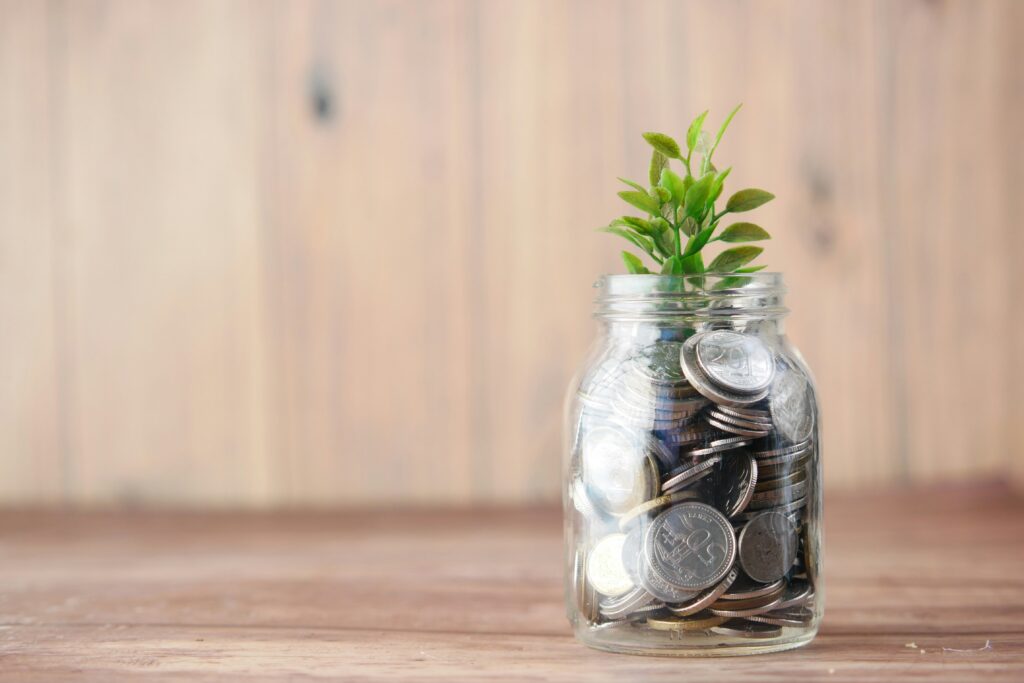
Once you start building an emergency fund, the next big question is: where should you keep it? The ideal place is somewhere safe, liquid, and easily accessible—but not too accessible that you’re tempted to spend it on non-emergencies.
The best option for most people is a high-interest savings account. It keeps your money safe, earns some interest, and allows quick withdrawals whenever an emergency hits. Look for banks or digital savings platforms that offer competitive rates without locking your money in.
Another smart place to park your emergency fund is in a liquid mutual fund. These funds offer better returns than traditional savings accounts and still let you withdraw your money within 24 hours in most cases. They’re a great option if you want a mix of liquidity and returns, especially for emergency funds that may sit unused for long periods.
Avoid putting your emergency fund into fixed deposits with lock-in periods, the stock market, or real estate. While they might offer higher returns, they lack quick access and come with risk—two things you want to avoid when it comes to emergencies.
Some people also use a combination approach: keeping one month’s worth of expenses in a savings account and the rest in a liquid fund. This way, you have instant cash for urgent needs and slightly better returns on the rest.
The bottom line is simple: your emergency fund should always be ready, risk-free, and accessible without delays. Choose a place that lets your money stay idle without losing value—but also without losing sleep. Because when life throws something unexpected your way, you shouldn’t have to think twice about where your backup money is.
How to Start Building an Emergency Fund
Starting an emergency fund might feel overwhelming, especially if your budget is already tight—but the key is to begin small and stay consistent. You don’t need a huge amount right away. Even saving ₹500 or ₹1,000 a month can make a big difference over time. The goal is to create a financial buffer that grows slowly and steadily without adding stress.
First, track your monthly expenses to understand how much you actually need for emergencies. This includes rent, food, utility bills, EMIs, and basic essentials. Once you know that number, set a realistic savings target—aiming for three to six months’ worth of expenses.
Next, open a separate savings account just for your emergency fund. Keeping it apart from your main account reduces the temptation to dip into it for everyday spending or non-urgent purchases. You can even automate a small transfer each month to make saving effortless.
Cutting back on small, non-essential expenses can also accelerate your savings. Skipping a few food deliveries or holding off on impulse tech upgrades can free up cash to grow your emergency fund faster. Think of it as trading short-term wants for long-term peace of mind.
If you receive bonuses, freelance payments, or refunds, consider putting a portion directly into your emergency fund. These occasional windfalls can speed up your progress without affecting your regular budget.
Remember, building an emergency fund is not a one-time task—it’s a habit. Celebrate small milestones and review your progress every few months. Over time, this fund becomes your financial safety net, giving you the confidence to handle life’s surprises without panic or debt. Whether you’re a techie, freelancer, or salaried professional, starting today puts you one step ahead of tomorrow’s uncertainties.
Common Mistakes to Avoid
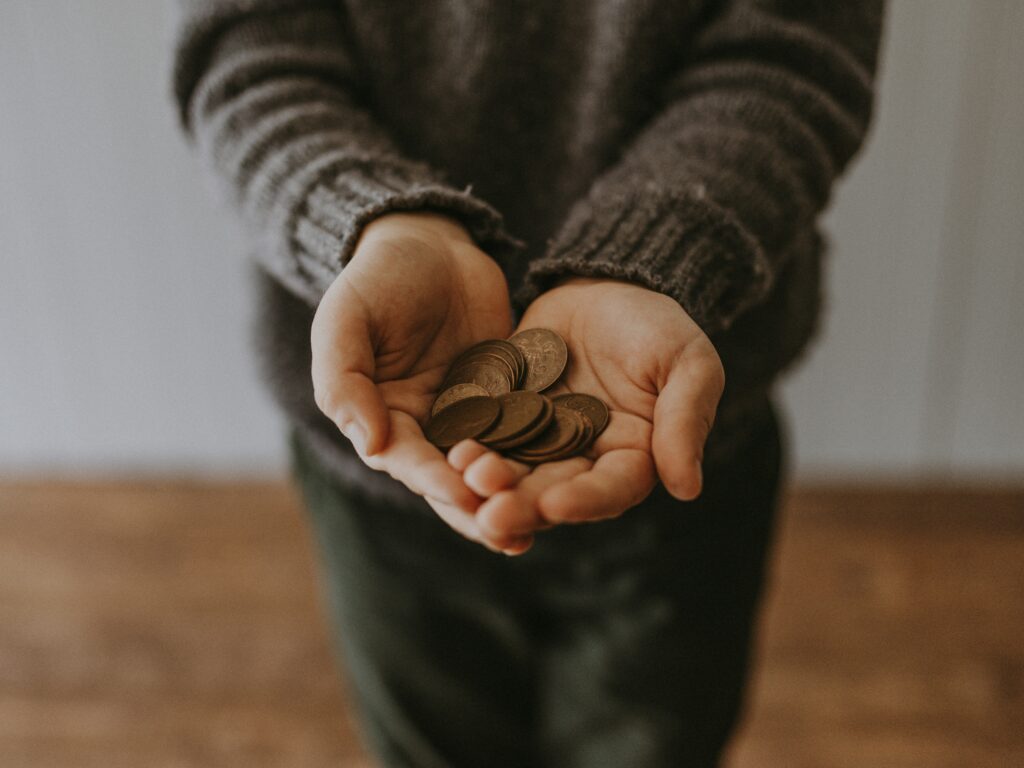
Building an emergency fund is a smart financial move—but only if you manage it the right way. Many people start saving but unknowingly make mistakes that reduce the fund’s effectiveness. Here are some common errors you should avoid to keep your emergency fund truly ready when life throws a surprise.
1. Using it for non-emergencies:
This is the most common mistake. Your emergency fund is not for shopping sales, upgrading your phone, or going on vacation. It should be touched only when there’s a real, unavoidable financial need like job loss, medical expenses, or urgent repairs.
2. Keeping it in cash or risky investments:
Some people keep large amounts of cash at home or invest their emergency fund in stocks or crypto. These options are risky. Cash can be lost or stolen, and the market can crash just when you need money. Always choose safe, liquid options like a savings account or liquid mutual fund.
3. Mixing it with your main savings account:
If your emergency fund is in the same account as your regular spending money, you’re more likely to dip into it. A separate account adds a psychological barrier and helps you protect your fund.
4. Not refilling after use:
It’s okay to use your emergency fund when needed—that’s its purpose. But once you use it, don’t forget to build it back up. Treat it like a priority until it’s full again.
5. Waiting too long to start:
Many people delay building an emergency fund thinking they’ll start when they earn more. But emergencies don’t wait. Even small savings are better than having nothing at all.
Avoiding these mistakes keeps your emergency fund strong and dependable—so it’s truly there when you need it most.
Emergency Fund vs. Savings Account
While the terms emergency fund and savings account often get used interchangeably, they actually serve different financial purposes. Understanding the difference can help you manage your money more effectively and be better prepared for unexpected situations.
A savings account is a general place where you keep money you want to save over time. It can be for short-term goals like buying a new gadget, going on a trip, or building up a down payment. You might dip into your savings whenever you want because it’s meant for planned expenses or desires.
An emergency fund, on the other hand, is a specific portion of your savings reserved exclusively for unforeseen events. This fund is not for wants or planned purchases—it’s your financial safety net for real emergencies such as sudden medical bills, urgent home repairs, or losing your job. Because of this, it’s usually kept separate from regular savings to prevent accidental spending.
Although both may be kept in a savings account, the emergency fund should ideally be parked in a high-interest savings account or liquid mutual fund, ensuring quick access and some growth without risk. Regular savings might be invested in other instruments depending on your goals and risk appetite.
Keeping your emergency fund distinct helps maintain discipline and ensures that when a true emergency arises, you won’t hesitate or scramble to find money. In short, think of your emergency fund as a locked reserve, while your savings account is more like a wallet for your planned expenses and desires. Both are important, but each plays a different role in your financial well-being.
Conclusion
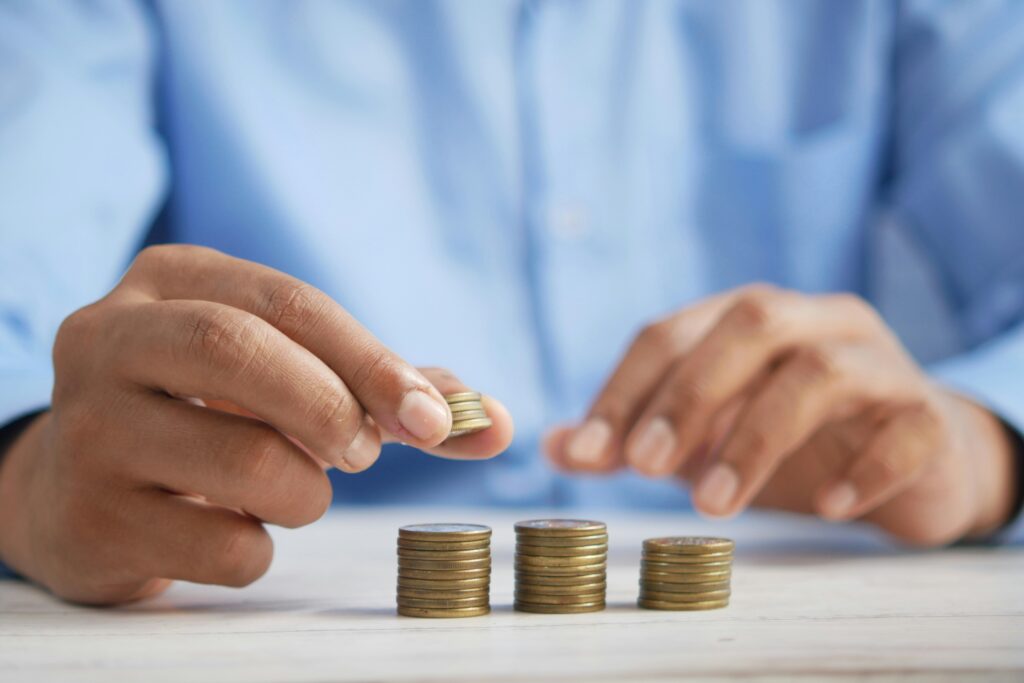
Having an emergency fund is one of the smartest and most essential financial habits you can develop. Life is full of uncertainties—job losses, sudden medical expenses, urgent home repairs, or unexpected tech failures can happen without warning. Without an emergency fund, these events can quickly turn into financial crises, forcing you to rely on credit cards, loans, or dipping into your long-term savings. This not only creates stress but can also derail your financial goals and stability.
An emergency fund acts as a financial safety net designed specifically to cover these unexpected expenses. It’s money you set aside, separate from your regular savings, to ensure you can handle emergencies without disrupting your everyday life. This fund provides peace of mind and confidence, knowing you have a buffer to fall back on during tough times. For tech professionals, freelancers, or anyone with variable income, having this safety net is even more critical. It allows you to navigate irregular paychecks, equipment breakdowns, or sudden career changes without panic.
Building an emergency fund doesn’t require a large lump sum upfront. The key is to start small and stay consistent. Even saving a modest amount each month adds up over time and creates a reliable cushion. Setting a goal to cover at least three to six months of essential living expenses is a good benchmark, but this can be adjusted based on your personal situation. Remember to keep this fund in a safe and easily accessible place like a high-interest savings account or a liquid mutual fund, so you can withdraw it quickly when needed.
It’s important to resist the temptation to dip into your emergency fund for non-essential spending or planned purchases. Treat it as untouchable money meant only for genuine emergencies. If you do need to use it, make a plan to rebuild it as soon as possible so you’re prepared for future surprises.
In conclusion, an emergency fund is more than just money saved—it’s your financial freedom and security. It shields you from unexpected shocks and helps you stay focused on your goals without the fear of financial instability. Starting today, take control of your finances by building an emergency fund. When life throws curveballs your way, you’ll be ready to face them calmly and confidently.
Also Read: The Ultimate 50-30-20 Rule Explained: Smart Budgeting for Everyone.
Frequently Asked Questions (FAQs)
- What is an emergency fund?
An emergency fund is money set aside specifically to cover unexpected expenses like medical bills, job loss, or urgent repairs. - How much should I keep in my emergency fund?
It’s generally recommended to save enough to cover three to six months of essential living expenses. - Where should I keep my emergency fund?
A high-interest savings account or liquid mutual fund is ideal because they offer safety, liquidity, and some returns. - Can I use my emergency fund for planned expenses?
No, an emergency fund should be reserved only for unforeseen, urgent financial needs. - How quickly should I build my emergency fund?
Start with small, consistent monthly savings. The speed depends on your budget, but regular contributions are more important than rushing. - Is it okay to keep my emergency fund in fixed deposits?
Fixed deposits may have lock-in periods, making the money less accessible during emergencies. It’s better to keep emergency funds in liquid accounts. - What if I don’t have a steady income?
If your income is irregular, aim for a larger emergency fund (around six months of expenses) to provide extra security. - Should I refill my emergency fund after using it?
Yes, replenish your emergency fund as soon as possible after any withdrawal to stay prepared for future emergencies.
A tech-driven content strategist with 6+ years of experience in crafting high-impact digital content. Passionate about technology since childhood and always eager to learn, focused on turning complex ideas into clear, valuable content that educates and inspires.

